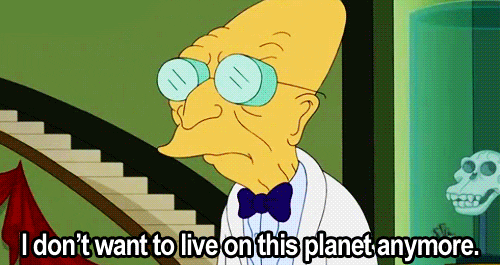Scientists at the space agency have found seven “Earth-size, habitable zone planets” orbiting a dwarf star 40 light-years away. And just in time, too, because this planet is looking pretty crappy all of a sudden.
“It’s the first time that so many planets of this kind are found around a same star,” Michaël Gillon, the lead researcher, said at a press conference on Wednesday. The planets, he said, “could have some liquid water and maybe life on the surface.”
The star in this system, called Trappist-1, is “ultra-cool”—which is actually not a bro’d out way of saying it’s chill, but a reference to its temperature. Trappist-1 is about 9 percent of the mass of our sun, and about one-thousandth as bright. But the exoplanets orbit the tiny sun much more closely than the plants in our solar system, meaning they’re still potentially warm enough for life.
Here is a NASA artist’s rendering of what it might look like to stand on one of the exoplanets:

We could work with this.
